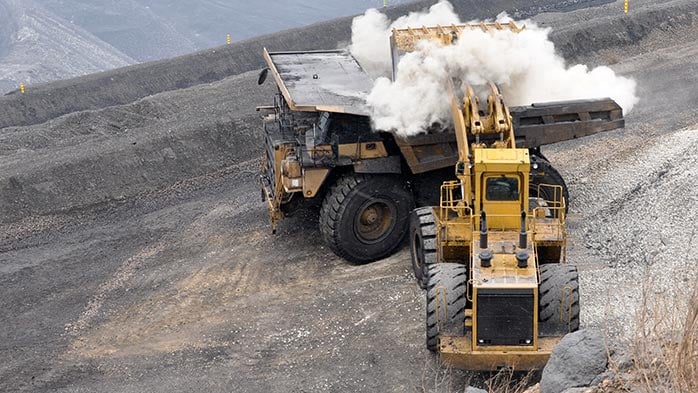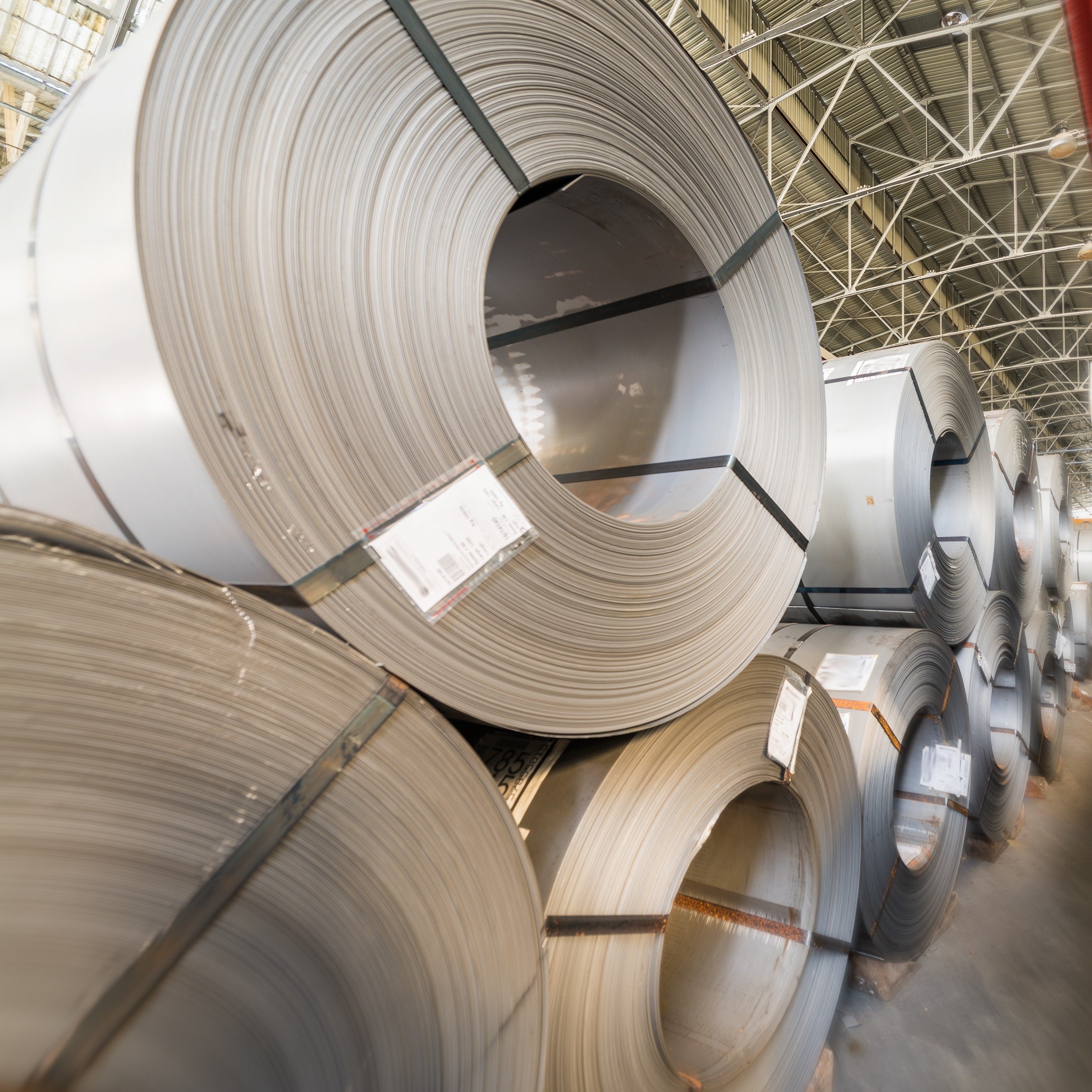2025 H1 brought a steady stream of disruptions to the automotive sector in North America, with all directly impacting aluminium demand. Demand cuts started to appear in Q1 as the Trump administration introduced US auto sector tariffs on passenger cars, light trucks and auto parts as well as the first of two increases to Section 232 steel and aluminium tariffs. In Q2, this was followed by the sunsetting of EV subsidies, an attempt to lower California fuel emissions standards and another increase to the Section duties up to 50%.
All the above will be detrimental to aluminium FRP demand and combine to take a significant bite out of the long-term forecast from our Aluminium Rolled Products Market Outlook. Our current outlook for Aluminium FRP consumption in passenger cars is on average 242 kt lower than the 2024 Q4 forecast for 2025 to 2029.
Changes to Section 232 were the first hurdles of 2025
The US auto sector tariffs were the first hurdles introduced in 2025. The tariffs were added under Section 232 and imposed a 25% tariff on imported passenger vehicles and light trucks effective 3 April, as well as a 25% tariff on automotive parts effective 3 May.
They have since evolved into a complex structure as they have been softened since the initial announcement. USMCA-compliant vehicles and parts are temporarily exempt from the new US automotive tariffs, provided they meet strict origin criteria: regional value content of 70% for passenger vehicles and 75% for trucks; labour value content of 40–45% produced by workers earning at least $16 /hour; at least 70% North American sourcing by value for steel and aluminum; and North American origin for core systems such as engines, transmissions, and EV batteries.
The US Department of Commerce and CBP are developing a certification framework to verify US and non-US content. Until that process is finalised, USMCA-based sourcing structures continue to receive tariff-free treatment.
For US-assembled vehicles that still incorporate offshore parts, automakers can claim transitional tariff credits of 3.75% in Year 1 (2025–2026) and 2.5% in Year 2 (2026–2027), dropping to 0% thereafter. Separately, automotive tariffs feature in broader trade talks, with reciprocal rates for South Korea, Europe and Japan set at 15% as of early August under new agreements.
The addition of the 50% duty on steel and aluminium along with the 25% duty on car parts will impact North American domestic OEMs, while the auto tariffs hit importers. Initial estimates hint that the tariffs on raw materials could be more of a challenge than the import tariff on finished passenger vehicles. These two tariff packages were the first disruptions of 2025, which cut the outlook for automotive production in North America.
Trump administration also added barriers to EV adoption
The Trump administration followed up the tariffs with new measures to take the focus off EVs. The most impactful has been the passing of the One Big Beautiful Bill Act, which includes a sunset date of 30 September for EV subsidies. Those subsidies were an important driver of BEV adoption in the near term, and combined with the potential for higher pricing because of tariff pressure, drastically cut the outlook for BEVs throughout the forecast horizon.
Emissions standards were also targeted in H1. The Clean Air Act in California was rescinded and the fines for OEMs failing to meet the Corporate Average Fuel Economy (CAFE) fuel emissions standards were eliminated. This will take the momentum out of lightweighting on top of lowering the BEV outlook.
Collectively, the above factors lead to a drastically different North American auto production forecast when compared with forecasts from 2024 Q4. Expected annual vehicle production is down throughout this five-year horizon, but it will catch up to the previous forecast by 2030. However, the mix of vehicles is drastically different as BEV projections are almost 2 million units less in 2030 while ICE builds are almost that same amount higher.
Industry trends shift away from aluminium sheet
Other industry trends will also affect FRP consumption more directly. For one, next-gen BEVs tend to use less aluminium sheet on average, with Tesla and Rivan being the best examples. The switch to gigacasting (megacasting) will also eat into gains in aluminium FRP intensity of BEVs. The average intensity for BEVs produced in North America (BIW and closures) is set to drop from 89.9 kg/vehicle to 66.7 kg/vehicle by 2030. This is covered more in CRU’s Automotive Materials Market Outlook.
What about substitution? In our view, there will not be a major shift out of aluminium for OEMs that are already using it. This type of change takes time and investments and with the tariff landscape shifting constantly, we do not have this as a part of our base case. This is a major downside risk to this forecast as the development of advanced-high strength steel continues. This is not driven directly by tariffs but rather in an effort to make BEVs more affordable. However, the fact that aluminium will fail to live up to previous expectations is a great example of how demand destruction could show up over the next five years.
The effects on US mills will be muted by onshoring
With that being said, the US mills will also be somewhat insulated from feeling the full downside. The pickup in ICE production and the benefits of using US produced sheet are products of the push to onshore both FRP and NA automotive production and will help buoy demand.
US OEM supply chains have always been rather insulated, with minimal ABS coming from offshore and many circular partnerships throughout the supply chain. Part of this is also due to metallurgical barriers. The bulk of ABS sheet alloys (about ~70%) are heat treated 6xxx series alloys. These alloys are considered to have a natural aging cycle of about three months, implying that they need to be stamped and produced into body parts within this time frame.
This acts as a natural deterrent against imported 6xxx series sheet as often the transit time coupled with the time that the imported sheet may spend on the OEM production floor may near or exceed the natural aging window. Historically, this has been one of the reasons why the exporting of 6xxx series sheet across continents has had limited success.
Overall, this shift in trends comes at an important time for the domestic market. One of the two new rolling mills has started production with the other slated to start up mid-next year. The new capacity will severely cut the total deficit in the US aluminium FRP market and push it closer to surplus. End-use-specific market balances such as can sheet and auto body sheet will also teeter on overcapacity by 2030. Lower-than-expected demand is a major risk to the market balance and could even start to shift production schedules by alloy for some mills.
To learn more about automotive policy developments and their impact on aluminium demand, please get in touch.
















